Look up. Look waaaaay up. Alberta has a new observatory.

Albertans will soon have a chance to study the stars, and just about anything else in the night sky thanks to a generous donation and a lot of hard work.
Located about 60 kilometres southeast of Edmonton at the Augustana Miquelon Lake Research Station in Miquelon Lake Provincial Park, the Hesje Observatory is a first of its kind in Western Canada.
It’s the only university observatory on this side of the country in a dark sky preserve, and that means outer space is that much more visible — not only to researchers, but the general public too.
University of Alberta Augustana Campus physics professor Gerhard Lotz said there’s a commitment to keeping light pollution as low as possible.
Lotz explained in the city, the naked eye can see a few hundred stars — on a good night — but out in a rural dark sky preserve, that number goes up to 3,000 stars.
He said when it comes to telescopes, being in a dark sky area helps objects comes into focus more clearly.
“That really is advantageous for astronomy — without interfering lights you can see a lot more clearly, those objects that you want to be looking at.”
Inside the observatory is a PlaneWave 17″ Corrected Dall-Kirkham (CDK17) telescope.
With an aperture — the opening in the telescope — of 17 inches/43 centimetres, the university said it has very high light gathering power, allowing researchers and other users to see and study deep into the stars.
Lotz said the observatory will help university students gain a better understanding of astronomy and perhaps inspire younger minds as well.
“I think it has other purposes for getting school groups here — science classes especially — on field trips, to get them excited about astronomy and get them learning about some things out there in space. Also for for public events, programming for the public with the park.”
The building and dome that houses the telescope was built in the fall of 2019, and the telescope arrived in spring 2020.
“We had some real fun installing it,” Lotz mused. “We were going to have a company technician come out and install it, but because of COVID the technician couldn’t travel.
“I really appreciated doing it myself — even though it was a real learning curve for me.”
The facility was made possible by a $500,000 donation from retired businessman and university alumnus Brian Hesje, who the facility is named after. The donation was greater than expected, and allowed the university to build more than just the observatory.
“The observatory and telescope is about half of that,” he said of the half-million dollar donation.
“With the additional money we were able to build the extension on the research station — a classroom — which will be great for the environmental and biological research that goes on here, but also for astronomy.
“We can use that classroom for presentations and control the telescope, actually, from the comfort of that classroom on cold nights — even though the best place to be is right up here for controlling the telescope, where you can see the whole sky,” Lotz said.
Star gazers can’t visit yet as the team is still putting final touches on the facility — plus University of Alberta buildings are closed to the public due to COVID-19 — Lotz is hopeful things will be ready when restrictions lift.
“I know Alberta Parks is really interested in having the observatory as part of their programming, so we’ll certainly do that.”
“I expect a star night would be certainly one of those offerings that we would be excited about, and I think (Alberta Parks) would be excited.”
For more information, visit the U of A’s website and watch the above video.



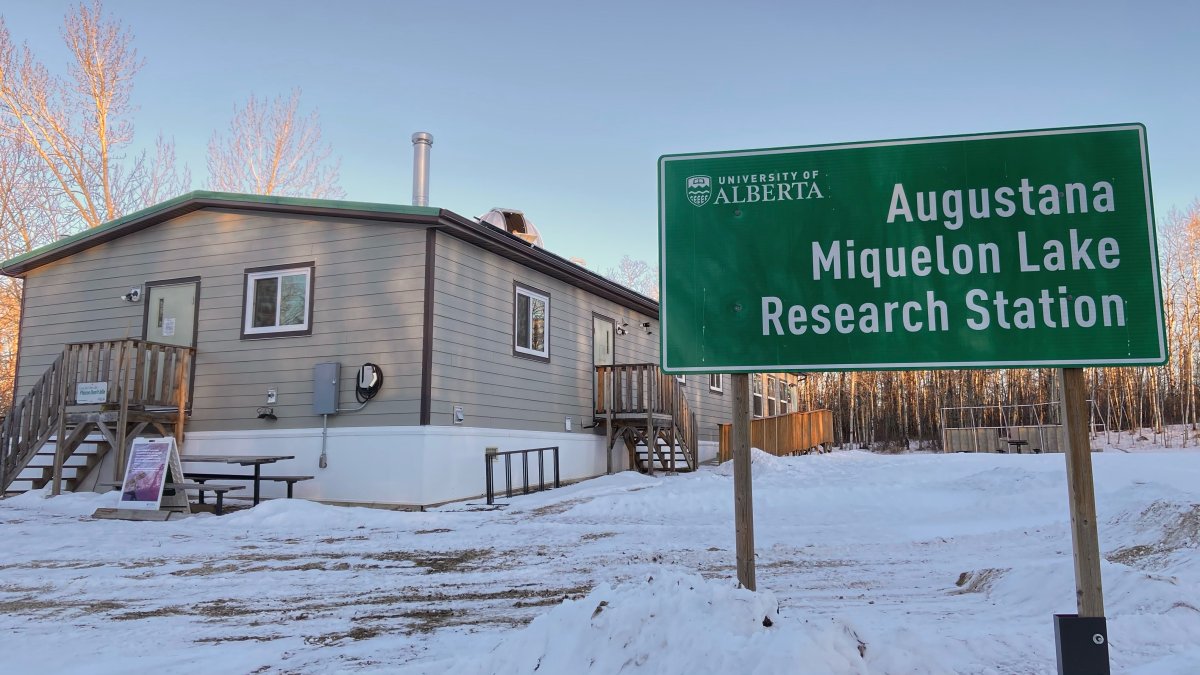
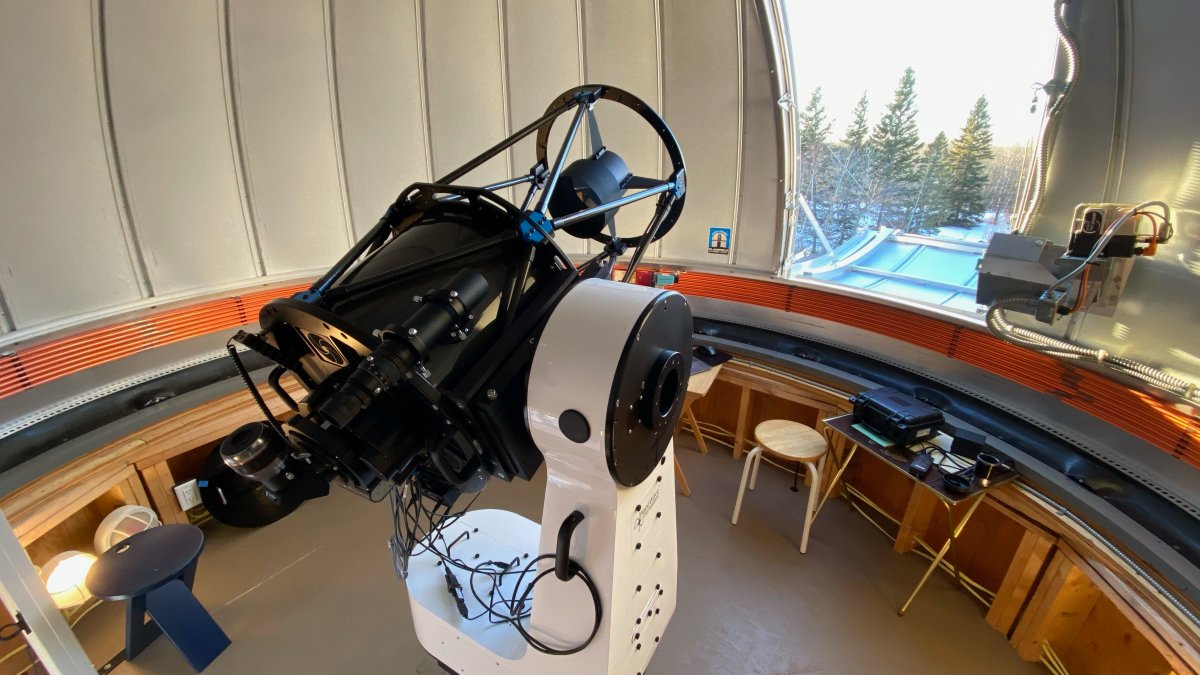
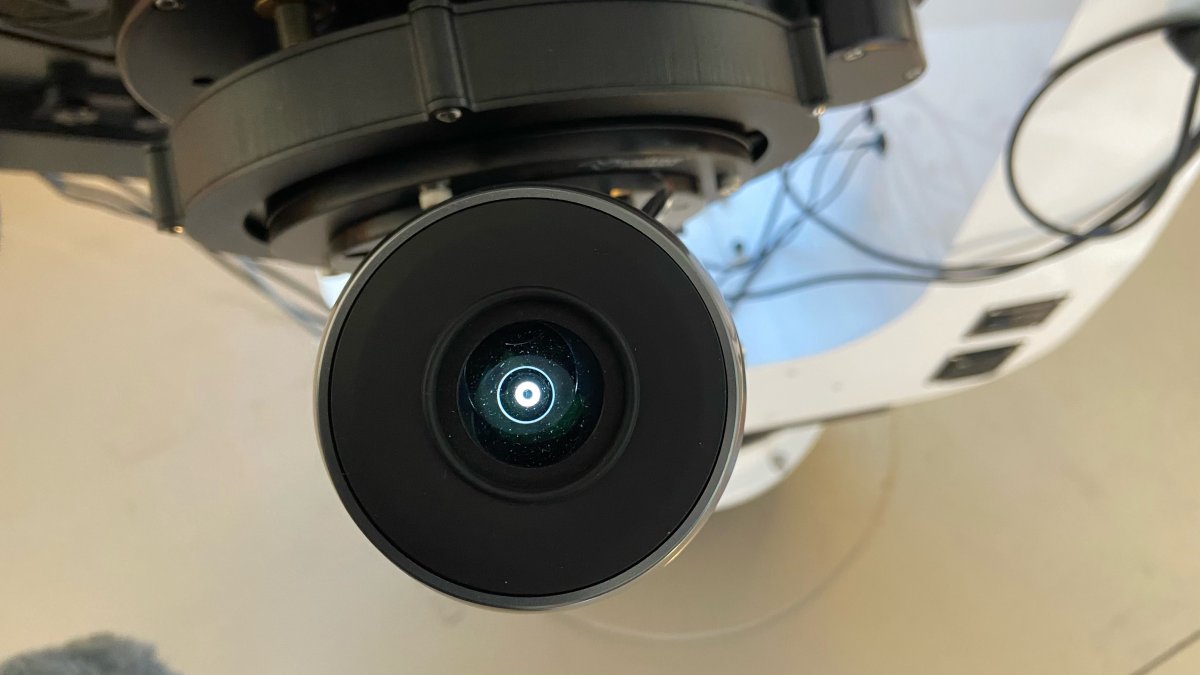


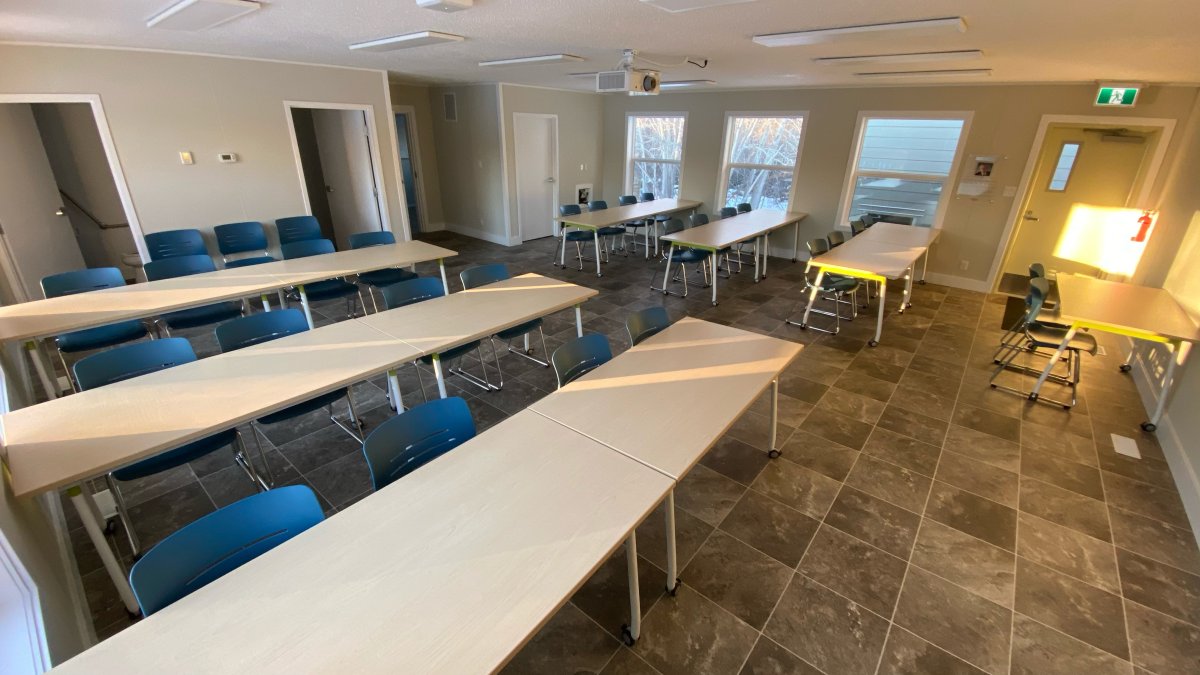
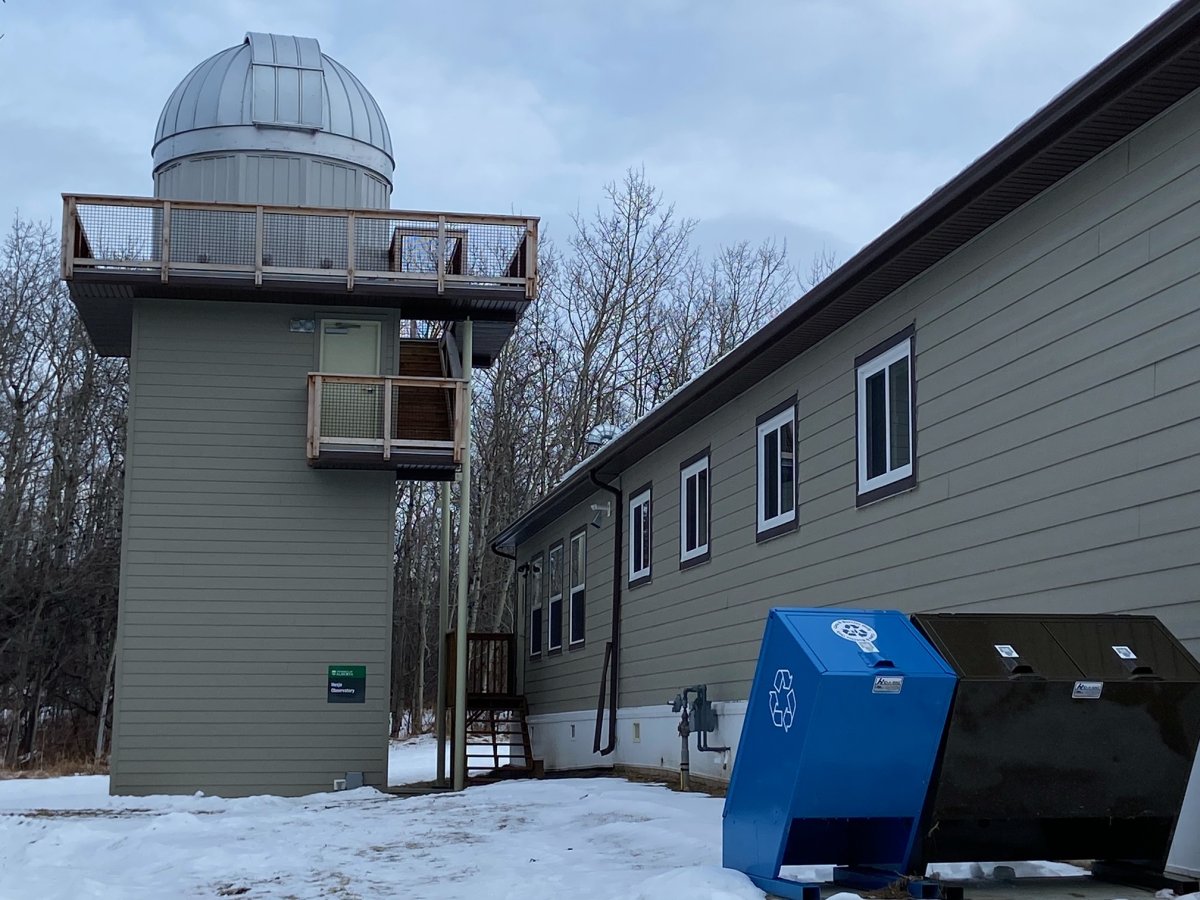
Comments